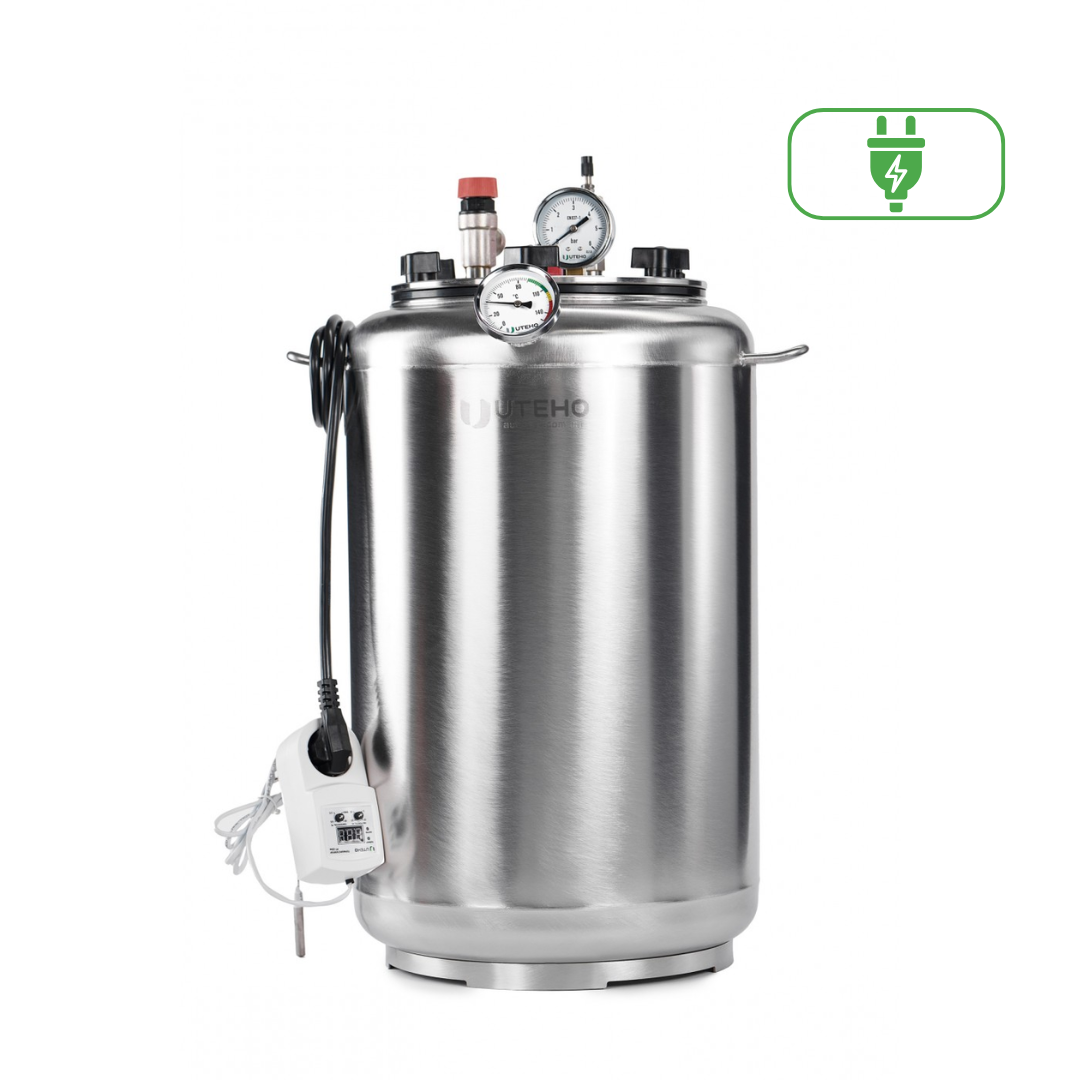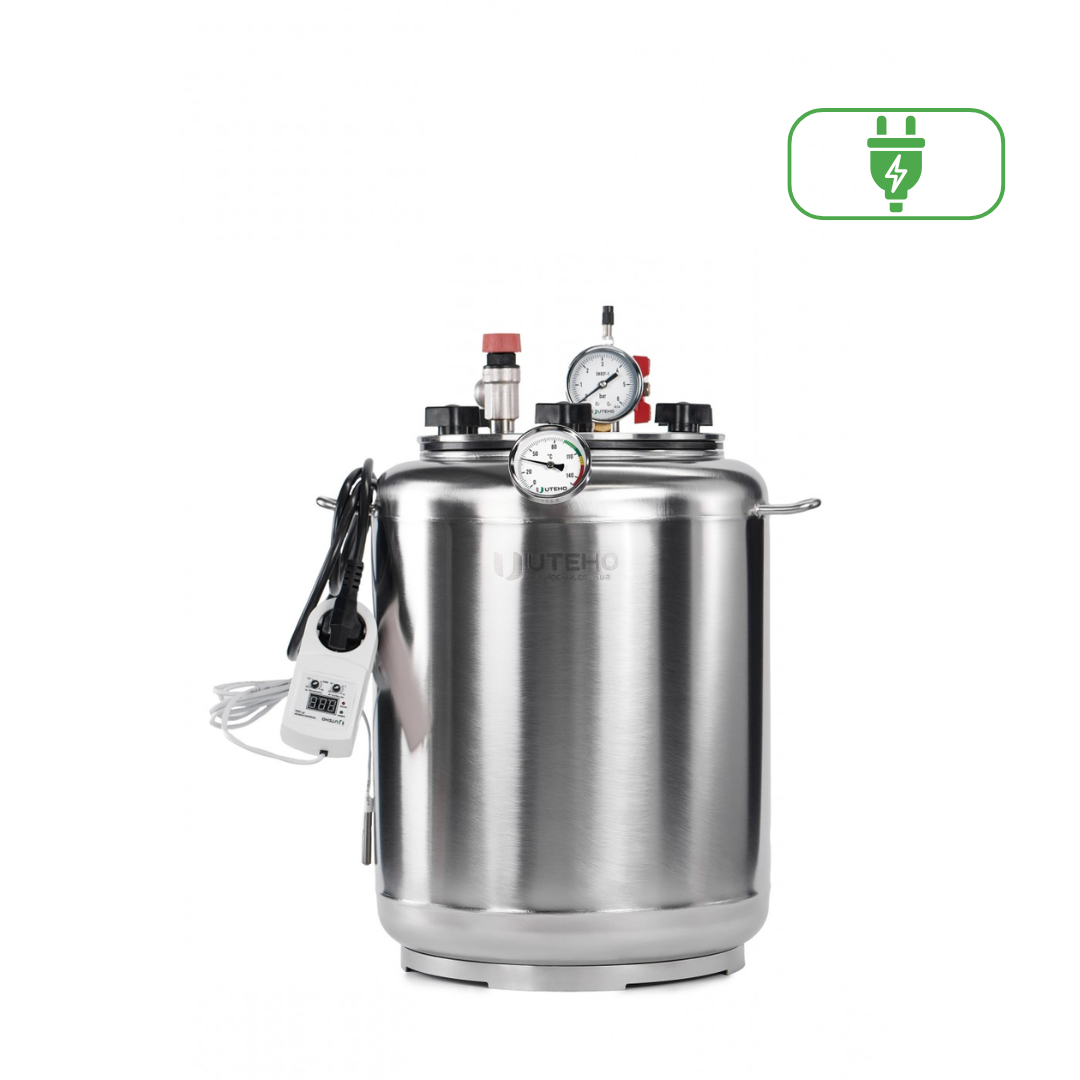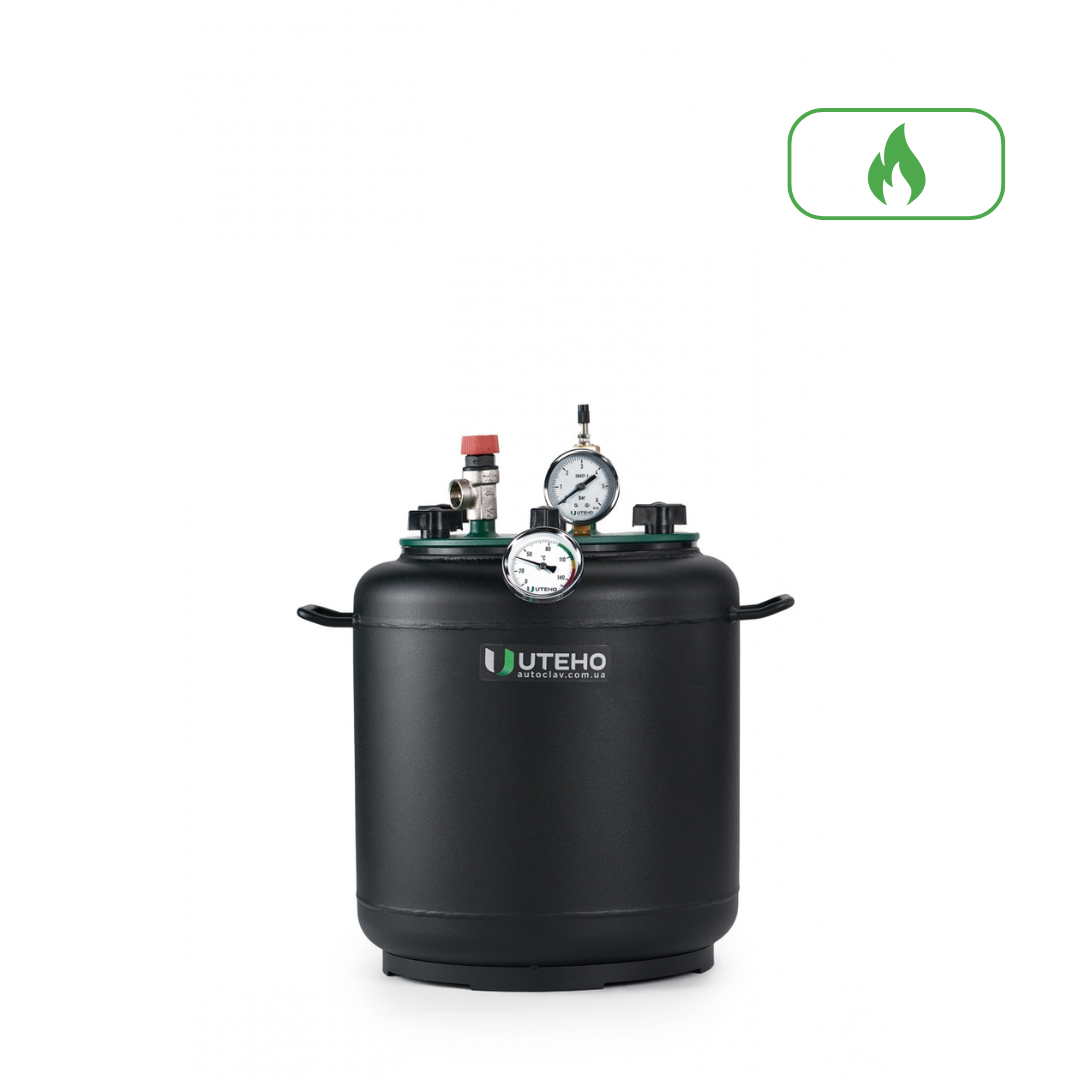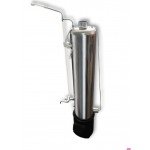
Juice in an Autoclave
To make juice in an autoclave at home, you need a minimum of ingredients and actions: the ability to conveniently sterilize significantly simplifies the canning process, saves time, and allows you to store the finished products for a long time and safely.
How to Make Juice in an Autoclave
Sterilization of juice in an autoclave is a heat treatment during which non-heat-resistant microflora is destroyed and the number of microorganisms is reduced to a level that cannot damage the product under storage conditions up to 30 degrees Celsius. Therefore, the preserves are allowed to be consumed with a guarantee of complete safety. The standard sterilization temperature ranges are from 100 to 110 degrees Celsius.
How to make juice in an autoclave? Sterilized juice is a product in which nutritional value, organoleptic properties, vitamins, and trace elements are preserved for the entire storage period. This applies to all types of juices: vegetable, fruit, and berry. Sterilization without an autoclave at home is a complex process that requires a lot of time and actions. A compact unit solves this problem and allows you to can juices in glass containers with a capacity of 0.2–1 l or sealed with metal lids. The average time for sterilizing juice in an autoclave at 100–110 degrees Celsius is 5–20 minutes.
BESTSELLERS
Recipe for Apple Juice in an Autoclave
To make apple juice in an autoclave at home, you need a minimum number of ingredients:
- apples - 5 kg;
- sugar - up to 200 g;
- lemon - 1 pc.
The best varieties for juice are sweet ones. They can be combined with sweet-and-sour varieties. There is no point in listing the names of the varieties, since they are different in each region. Carefully select the apples, wash them, remove the seed core (you can get a special device for this). Removing the seeds is mandatory, as they provoke fermentation of the juice. Cut the fruit and send it to the juicer.
The lemon is needed so that the product does not darken. It is enough to squeeze it into the juice at the rate of ¼ lemon per 1 liter of product. As for the foam formed during squeezing, remove it immediately. The pomace formed after making the juice can be used for fruit puree, pastille, or pancakes.

Taste the resulting juice — it may well turn out that the natural sweetness of the apples is enough and there is no need to add sugar to the product. If the sourness is strong, you can add just a little sugar. Before filling the juice into jars, it is better to warm it up (but do not bring it to a boil). It should be poured into the containers, leaving about 1.5 cm to the lid. Before sending to the autoclave, the jars are sealed. We sterilize the pressed apples in the autoclave for the required time and remove them after cooling. The finished preserves will be stored for about 2 years.
Important: apple juice obtained in this way is very concentrated. Therefore, it can be diluted with purified or boiled water before consumption. This is especially relevant for people prone to heartburn, those with gastritis and other stomach diseases.
Recipes for Pumpkin Juice in an Autoclave
You can make juice using two recipes. The first is standard: pumpkin in an autoclave with sugar syrup. For this you need the following ingredients:
- pumpkin - 7 kg;
- sugar syrup (300 g / 1 l of water) - 4 l;
- citric acid - 1 tsp.
Peel the pumpkin, cut it lengthwise into slices, bake in the oven until soft. Then rub it through a sieve, add sugar syrup and citric acid, and mix thoroughly. Pour the resulting product into jars, seal, and send to the autoclave for sterilization.
To make pumpkin juice in an autoclave with sugar, use a juicer to squeeze the juice from the peeled pumpkin, add 1 glass of sugar for each liter of liquid obtained, pour into jars, seal, and start sterilization in the autoclave. There is another method of preparation. For it you will need the following ingredients:
- pumpkin - 7 kg;
- water - 4 l;
- sugar - 4 kg;
- citric acid - 1 tsp.
Peel the pumpkin, cut it into cubes, pour water over it (calculation — 1 glass per 1 kg of product), and cook over low heat until soft. Then grind the pumpkin with a blender or rub through a sieve. Cook the sugar syrup, mix it with the resulting juice, pour into jars, seal, and send for sterilization in the autoclave.
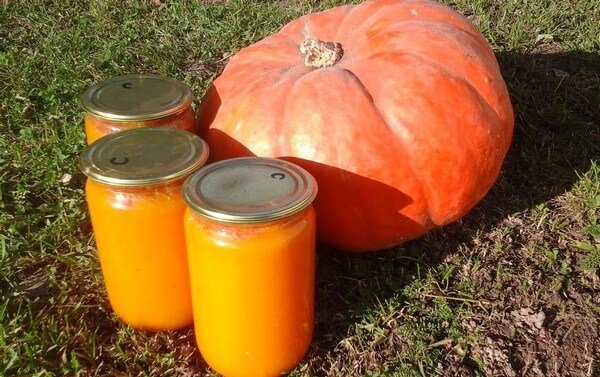
Plum Compote in an Autoclave
The classic recipe for compote in an autoclave is considered the simplest. You will need:
- plums - 1.5 kg;
- water - 3.5 l;
- sugar - 800 g.
The plums should be carefully selected, removing damaged, too young and overripe fruits, as well as leaves, twigs and other debris. Wash the selected fruits thoroughly. Then you can start preparing the syrup: to do this, mix water and sugar in a saucepan and put on low heat, stirring constantly. The syrup is considered ready when the mixture becomes homogeneous and does not contain solid particles.
Evenly distribute the plums into the washed jars, pour in the hot sugar syrup (you should leave about 1.5 cm to the lids), and seal. Place the jars in the autoclave and start pasteurization.
Compotes in an autoclave are best prepared precisely in the pasteurization mode: this is heat treatment at a temperature up to 100 degrees Celsius. Processing time varies between 5–20 minutes. Following this principle and the recipe above, you can make apple compote: for sour varieties you can keep the specified proportion of sugar in the syrup, for sweet ones — make the syrup less concentrated.
The given recipes are enough for you to understand how to make juice in an autoclave quickly, easily, and with an ideal result. All you need is a high-quality and safe autoclave that is easy to use at home. Our company manufactures such models using reliable grades of steel and industrial technologies. Make preserves quickly and without problems with our equipment.
Read also:







.png)
